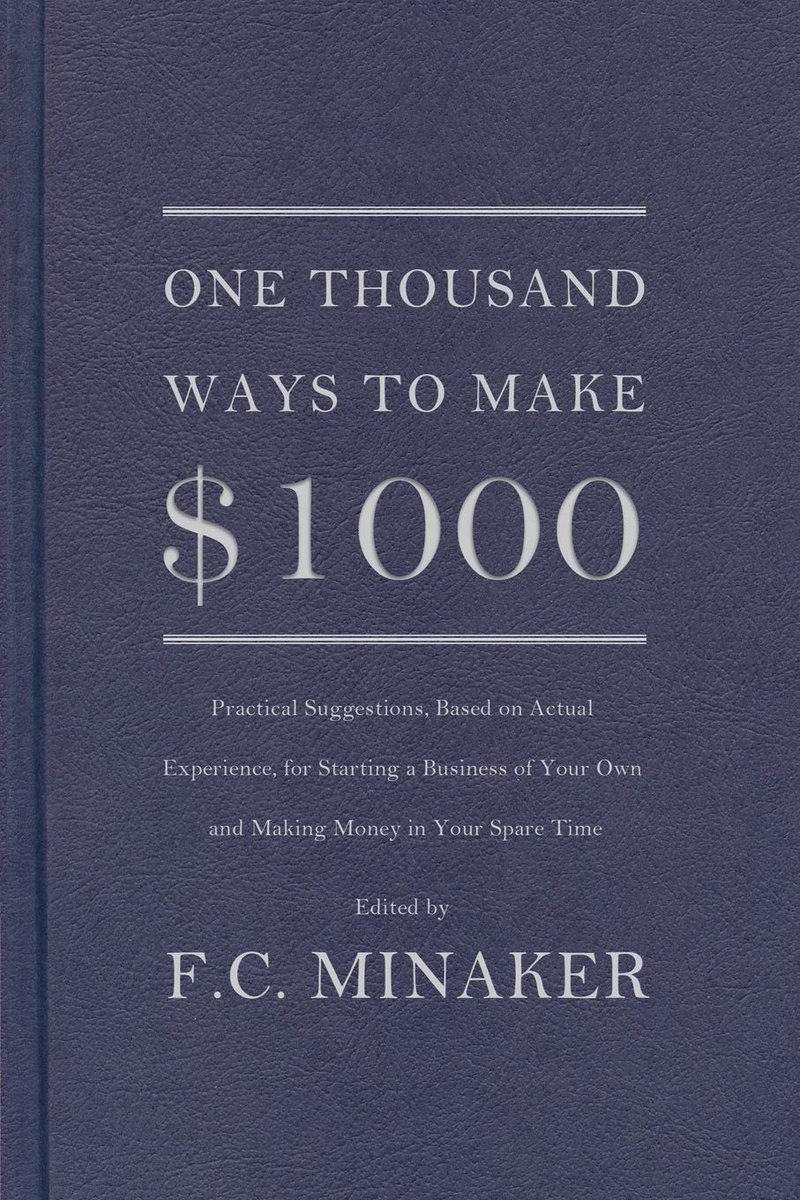
If you're not able to guide people in the right path, and encourage them to take the right steps, better to QUIT talking. It's my humble submission.
Discouraging people has never been so easy. But, showing them the right way, helping them acquire skills, is very very tough.
Discouraging people has never been so easy. But, showing them the right way, helping them acquire skills, is very very tough.
https://twitter.com/vivbajaj/status/1349030146099957761
Also, if you're reading this, understand this first.
Trading and Investing should NEVER be undertaken as a "for a living" kind of a full time profession unless you have a steady inflow of cash through other means.
Have a job. Keep building skills and learning.
Trading and Investing should NEVER be undertaken as a "for a living" kind of a full time profession unless you have a steady inflow of cash through other means.
Have a job. Keep building skills and learning.
Holding on to a day job or other businesses that bring in money frees you from the pressure of making money in the markets - which is the NUMBER 1 source of stress that leads to making impulsive decisions.
Such decisions usually lead to huge losses.
Such decisions usually lead to huge losses.
You think making money with the click of a mouse and a punch of a key is easy? It's easy once you have crossed the difficult phases. But to cross those phases, you need to put in the hours of learning, disciplining yourself, and becoming someone of steel like resolve.
So, ignore the naysayers.
But don't develop ideas like "I can become a millionaire in 3 years" or such unrealistic endeavors.
Set realistic goals. 10 years is a good horizon to become a skilled trader at taking money from the market.
But don't develop ideas like "I can become a millionaire in 3 years" or such unrealistic endeavors.
Set realistic goals. 10 years is a good horizon to become a skilled trader at taking money from the market.
Spend your first 10 years (while having a job or other income/cashflow sources) acquiring the skills to consistently carve out your edge.
Spend the rest of your life after that milking your edge.
Spend the rest of your life after that milking your edge.
• • •
Missing some Tweet in this thread? You can try to
force a refresh





